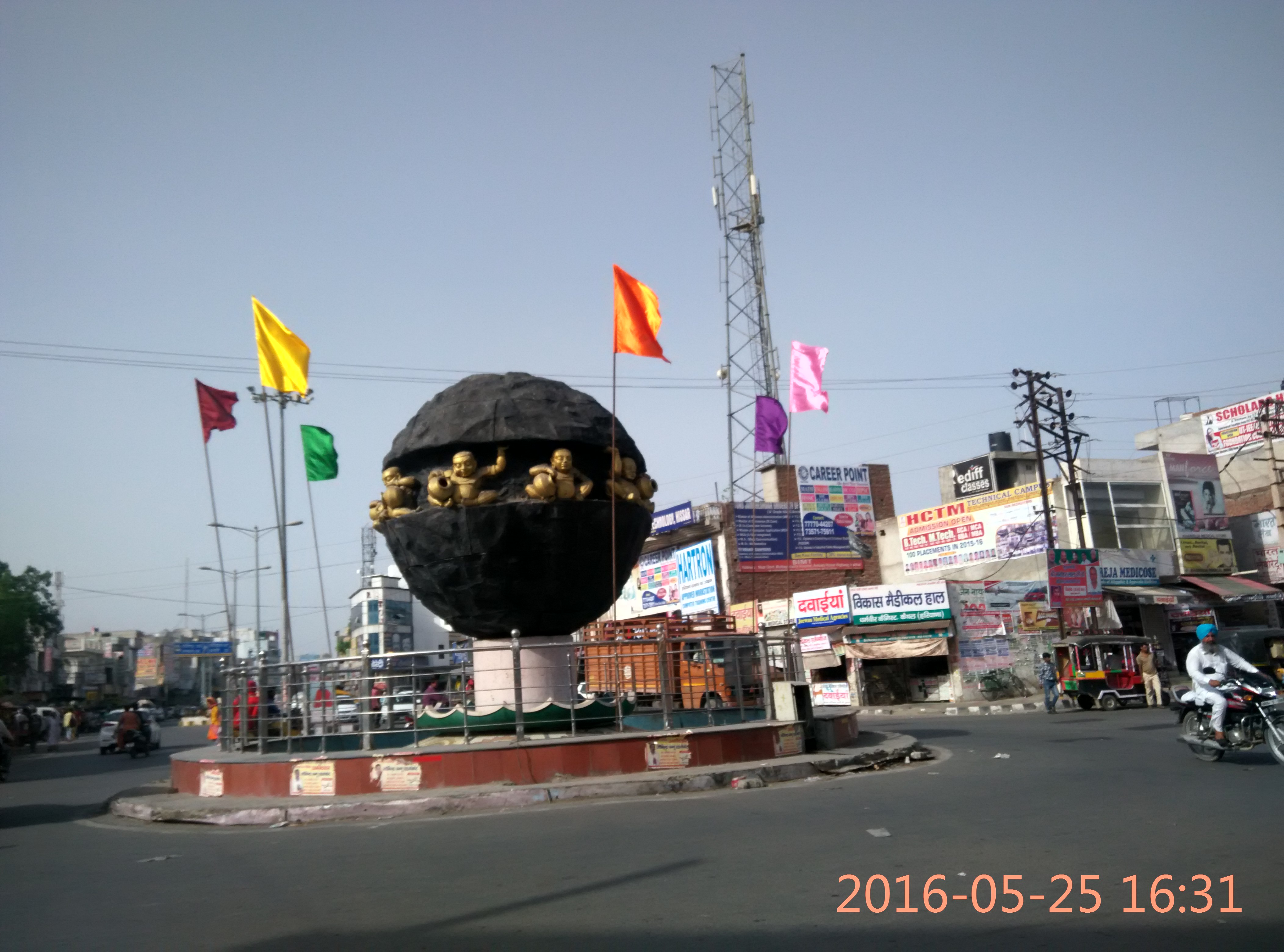Barsi Gate emerges as a profound testament to the architectural and historical richness of Hansi, a city nestled in the heart of Haryana. Constructed in 1303 AD by Sultan Alaud-din Khilji, this monumental structure represents a pivotal moment in the architectural narrative of the Delhi Sultanate. Standing nearly 30 metres tall, the gate is more than a mere architectural marvel; it is a living chronicle of the region's complex political and cultural transitions.
The gate's significance extends far beyond its physical presence. Its Persian inscriptions, among the earliest in the subcontinent, provide a remarkable historical record that connects contemporary viewers with the dynamic rulership of the Khilji Dynasty. These inscriptions not only glorify the rulers but also serve as a historical document that captures the linguistic and cultural nuances of the era.
Throughout centuries, Barsi Gate has witnessed numerous political transformations. During George Thomas's territorial conquests in 1799, the gate and surrounding city walls underwent significant repairs. The gate's strategic importance was further underscored during the fierce battle between the Marathas and Thomas in 1801, which left its own marks on this resilient structure. Such historical events have transformed the gate from a mere defensive structure into a symbol of resilience and cultural continuity.
Architecturally, Barsi Gate exemplifies the sophisticated design principles of Sultanate architecture. Its imposing height, carefully selected construction materials, and defensive design reflect the technological capabilities and strategic thinking of medieval architects. The gate's multiple restorations, including notable work during Ibrahim Lodhi's reign, demonstrate a continuous commitment to preserving this historical landmark.
The gate's cultural significance transcends its architectural beauty. It has been a silent witness to generations of inhabitants, serving as more than just an entrance but as a communal space where stories, traditions, and daily life intersect. People from diverse social backgrounds have passed through its arches, each adding another layer to its rich narrative.
Intriguingly, the gate's history is punctuated by fascinating historical mysteries. The lost Sanskrit inscription discovered by Colonel James Skinner in 1815, which mentioned King Prithviraja and was subsequently sent to the Royal Scottish Museum, represents the complex historiography of Indian monuments. Such narratives highlight the challenges of preserving and understanding historical artifacts.
In contemporary times, Barsi Gate stands protected under the Government of India, serving as a crucial tourist destination and cultural landmark. Its preservation is not merely about maintaining a physical structure but about safeguarding a tangible connection to Haryana's rich historical tapestry. Restoration efforts ensure that future generations can continue to engage with this remarkable monument, understanding the layers of history embedded in its stones.
The gate remains a powerful symbol of Hansi's enduring spirit. It represents a convergence of architectural brilliance, historical complexity, and cultural continuity. As visitors walk through its ancient passages, they are not just moving through a physical space but traversing centuries of human experience, political transformation, and architectural innovation.



